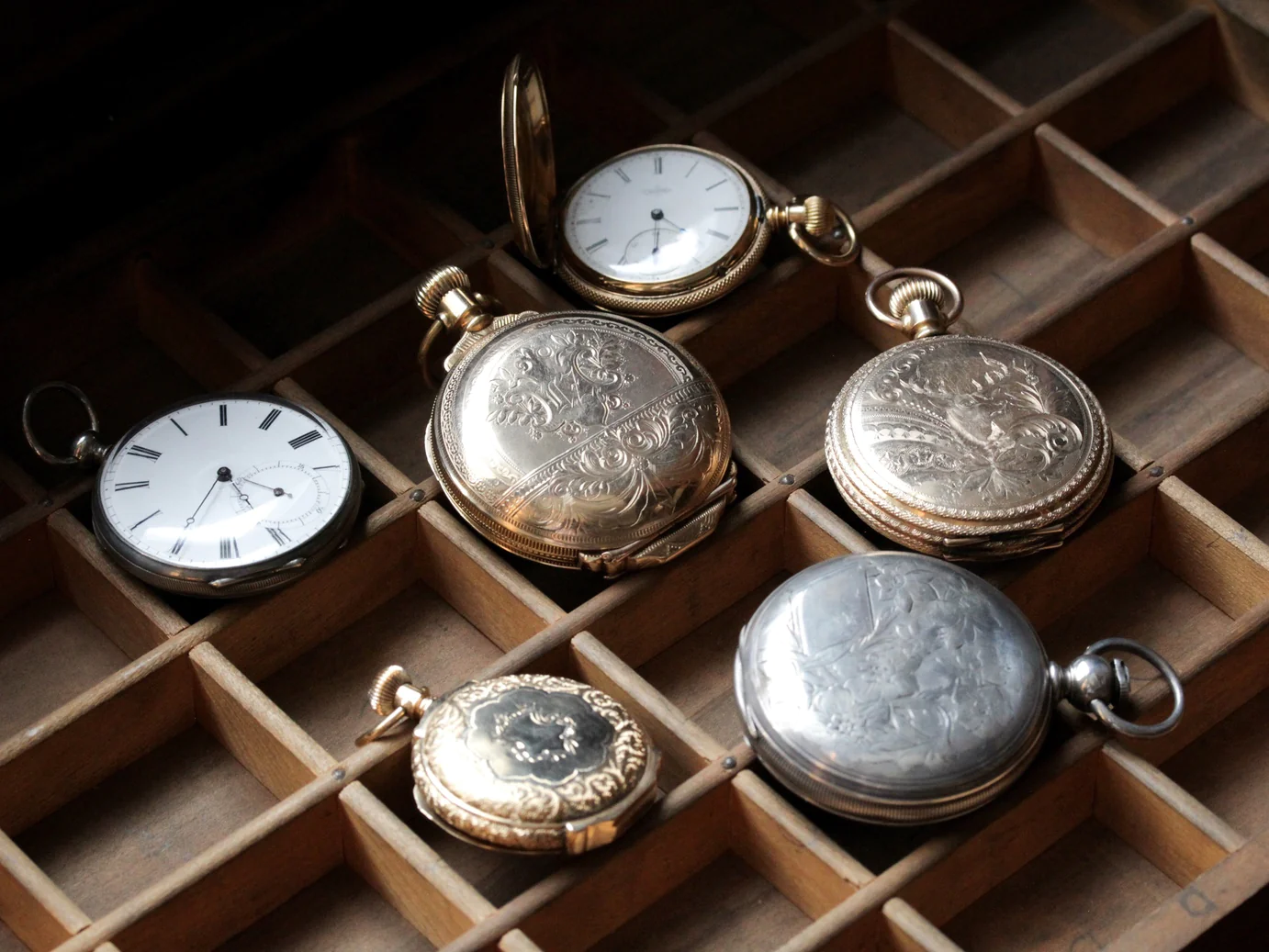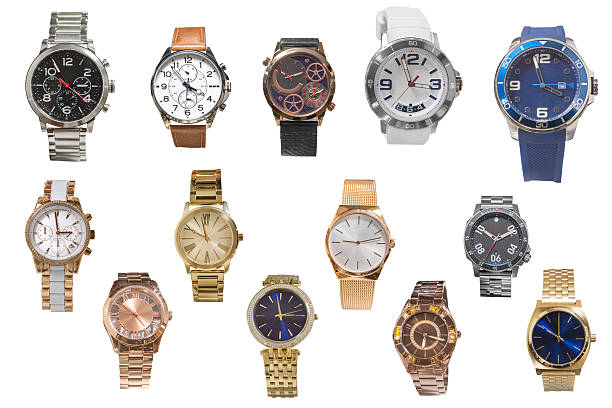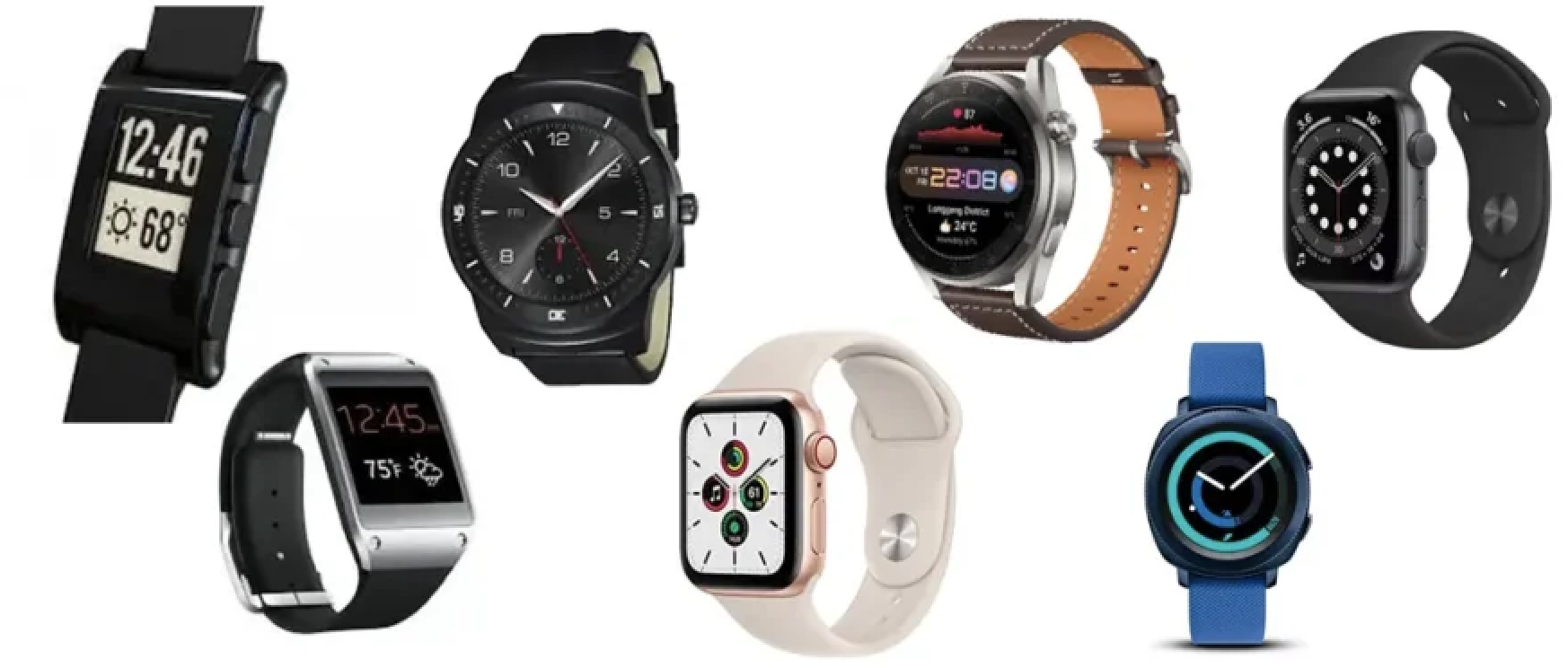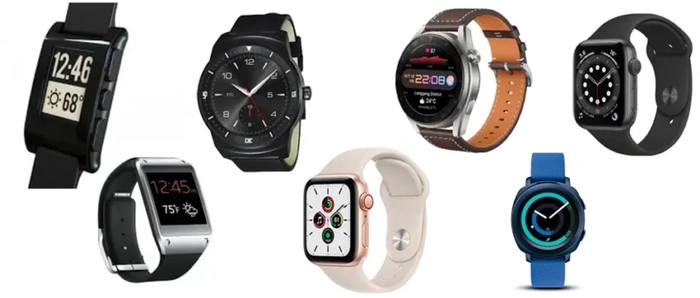Introduction:
Watches have been an integral part of human history, evolving from simple timekeeping devices to becoming fashion statements, technological marvels, and symbols of status. The journey of watches has been a fascinating one, marked by innovation, design, and the changing needs of society. In this blog post, we'll explore the captivating evolution of watches, from the earliest pocket watches to the modern-day smartwatches.
The Rise of Pocket Watches:
The origins of watches can be traced back to the 15th century, when the first portable timekeeping devices were developed. These early timepieces, known as pocket watches, were bulky and often encased in ornate precious metal cases. They were primarily used by the wealthy and the nobility, serving as both a functional accessory and a symbol of status.
As technology advanced, pocket watches became more accurate and refined. The introduction of the spring-driven mechanism and the development of the balance wheel helped improve the reliability and precision of these timepieces. Pocket watches also evolved in their design, with intricate engravings, enameling, and the incorporation of complications like moon phases and chiming mechanisms.
The Transition to Wristwatches:
The late 19th and early 20th centuries saw a significant shift in the way people wore their timepieces. The wristwatch, initially seen as a feminine accessory, began to gain popularity among men, particularly during the First World War. Soldiers found the convenience of having a watch strapped to their wrist more practical than fumbling with a pocket watch.
As the demand for wristwatches grew, manufacturers responded with innovative designs and improved movements. The introduction of the self-winding mechanism and the use of more durable materials like stainless steel helped wristwatches become more reliable and versatile. Brands like Rolex, Omega, and Cartier emerged as leaders in the industry, creating iconic watch models that have stood the test of time.
The Digital Revolution:
The late 20th century ushered in a new era of timekeeping with the advent of digital watches. These electronic timepieces, powered by quartz movements, offered increased accuracy and a range of additional features, such as alarms, chronographs, and even calculators.
The 21st century brought about the rise of smartwatches, which have revolutionized the way we interact with our timepieces. These advanced wearable devices seamlessly integrate with our smartphones, offering a plethora of functionalities, from fitness tracking and heart rate monitoring to mobile payments and voice assistance. Brands like Apple, Samsung, and Fitbit have led the charge in the smartwatch revolution, blending cutting-edge technology with sleek and stylish designs.
Conclusion:
The evolution of watches is a captivating story that reflects the ingenuity, creativity, and changing needs of society. From the ornate pocket watches of the past to the high-tech smartwatches of today, these timekeeping devices have not only served as practical tools but have also become symbols of personal style and technological prowess. As we look to the future, it's exciting to imagine the next chapter in the timeless evolution of watches, where innovation and design will continue to push the boundaries of what's possible.

